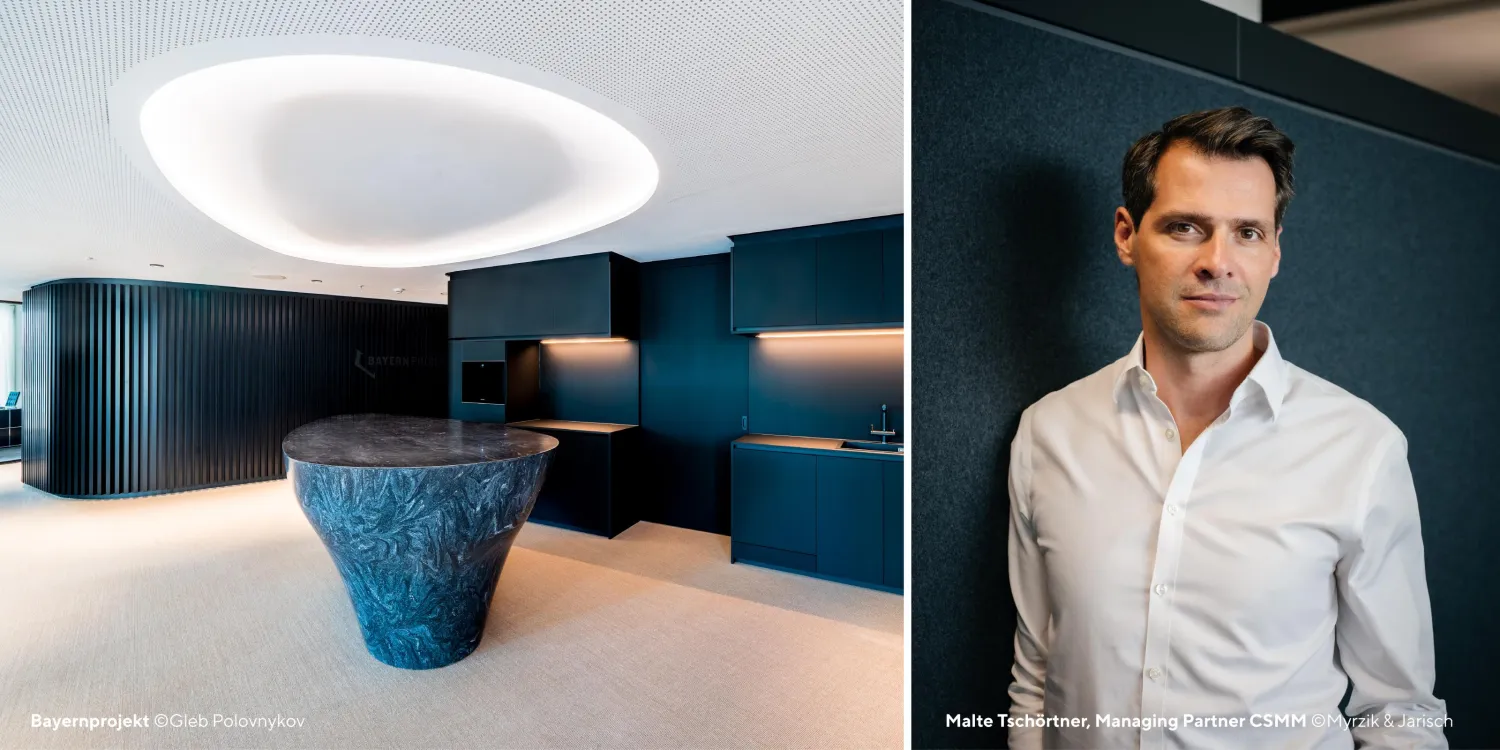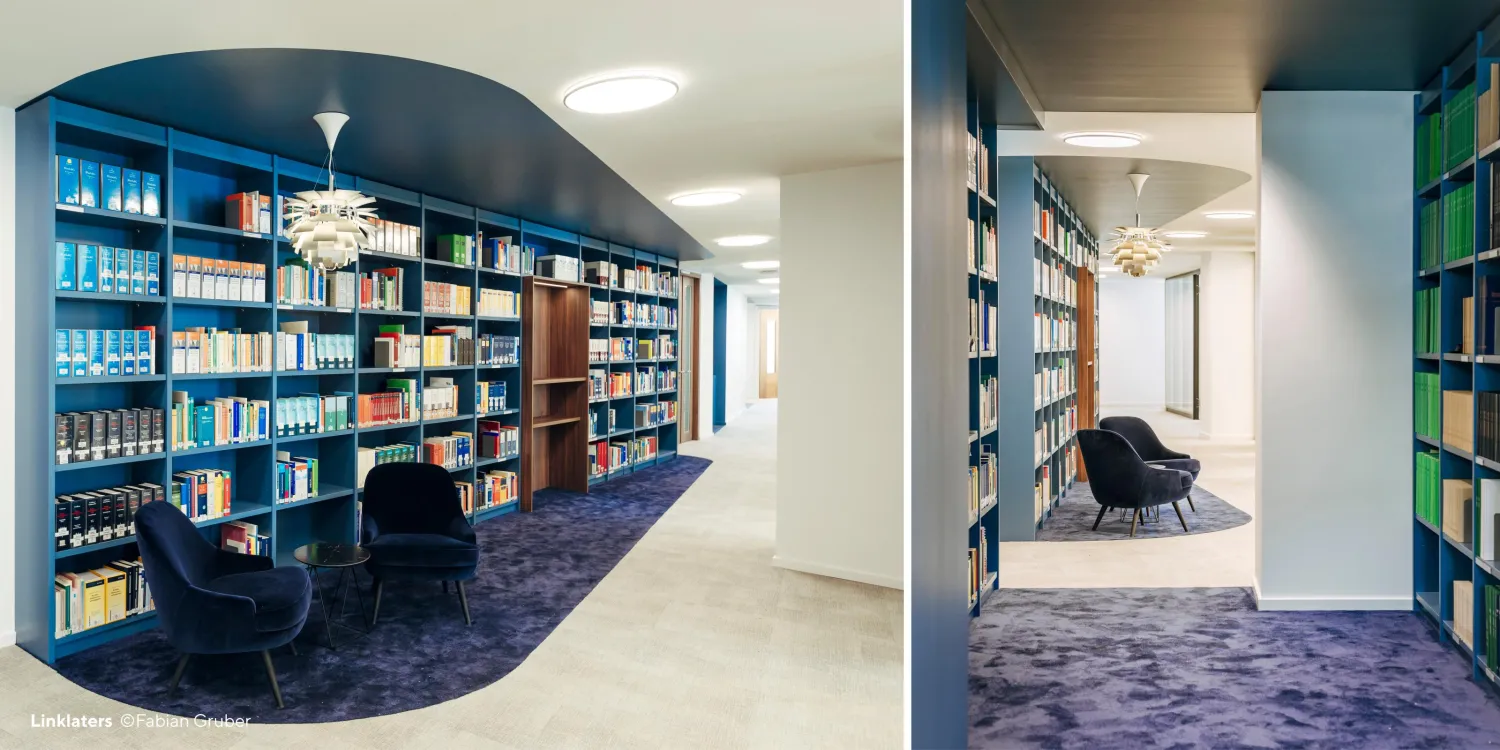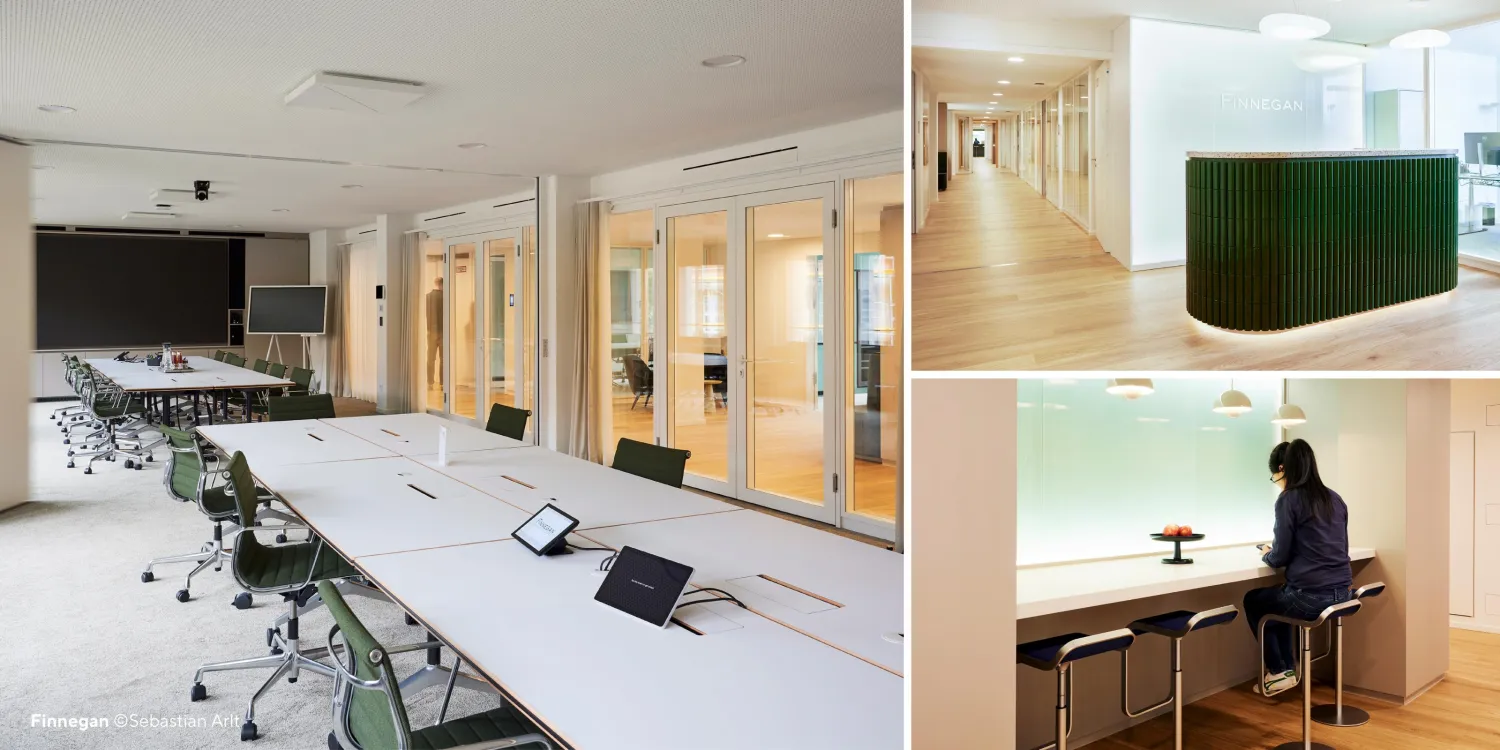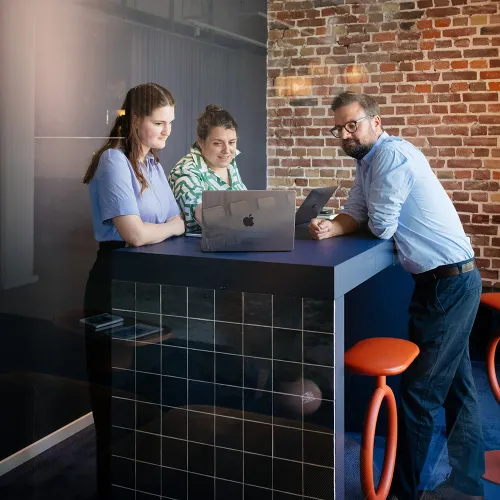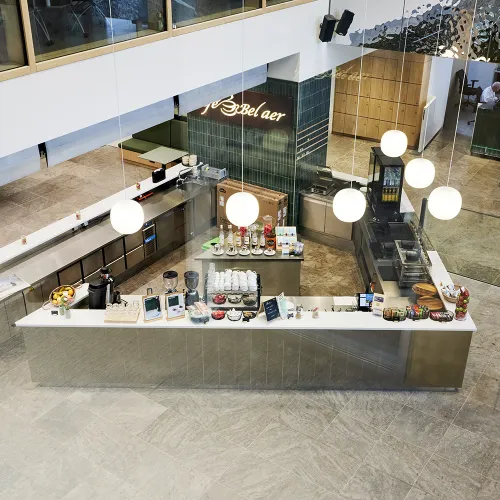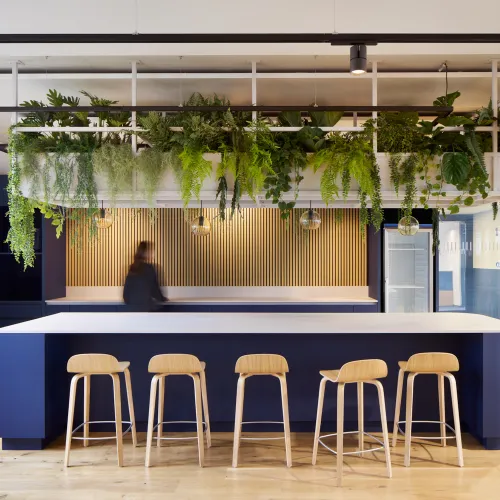Tenant-led office conversions: What is in it for tenants? And for landlords?
Join us for a deep dive into some of the key drivers for both.
These days, offices are so much more than a place to work: They reflect your brand character and act as a vehicle as well as an engine for your corporate culture. So, it’s only natural that companies renting office space want more control over the design of their workplaces right from the start. Tenant-led conversions can be more attractive than the landlord-led alternatives of the past. Here, the tenant is in charge of the entire interior fit-out, from initial planning and design to the choice of materials, and from hiring the subcontractors to overseeing the work on site.
Landlords in this case only provide a minimal (basic) fit-out known as shell and core, unlike the more conventional model where they are responsible for the entire design and implementation process up to an agreed standard (e.g., floors, ceiling and lighting). In the end, both sides stand to benefit when new tenants are allowed to assume control of their workplace design earlier than is typical for office conversions in Germany.
THREE COMPELLING REASONS WHY FUTURE TENANTS SHOULD TAKE THE LEAD IN OFFICE CONVERSIONS
Reason No. 1: You have total creative freedom in terms of functionality and design.
A workplace that reflects your signature style? Spaces that foster communication, embody your corporate culture and tick all your boxes? You can have all this and more when tenants are in charge of the interior fit-out. It is the best way to deliver a tailormade solution that aligns perfectly with a company’s work culture, branding and workflows. And this goes beyond design-driven benefits; employee satisfaction increases when activity-based working, state-of-the-art ergonomics and other innovations are incorporated into the workplace design from the very beginning. The same applies to advanced technologies, because the earlier they are built into the design, the more elegant the result. A tailor-made workplace design not only boosts your brand image both externally and internally; it also naturally becomes a unique selling point in the battle for talent.
Reason No. 2: Tenants have more flexibility and control in the construction process.
Shifting from landlord to tenant-led conversions gives commercial tenants a more active role in the design and more leeway with the fittings. Tenants are fully responsible for every stage of the conversion: they choose the architects and the subcontractors themselves—prioritising trusted, experienced partners who may work to a higher standard than those chosen by landlords since they better understand the needs and design specifications of the future occupants. It also makes decision-making more effective: Tenants can react more quickly to design changes when they communicate directly with the subcontractors on site instead of spending time coordinating with the landlord.
Reason No. 3: Tenants have full transparency on fit-out and costs.
By selecting materials, fittings and subcontractors that align with their preferences and budget, tenants retain control over costs and materials—without any mark-ups from the landlord. Investing in high-quality products and sustainable technologies make economic sense in the long run, reducing future operating expenses, such as energy or maintenance costs.
THREE GOOD REASONS FOR LANDLORDS TO PUT TENANTS IN CHARGE OF THE INTERIOR FIT-OUT:
Reason No. 1: It increases the property’s overall appeal.
Designing a workplace entirely according to their own ideas motivates companies to stay longer. In tenant-led conversions, they feel more invested in the design and more satisfied with their workplace as time goes on, which makes longer-term contracts more likely. Besides, the tenant’s investments in sustainable, high-quality materials and technical innovations are a win-win for the landlord—not only because these upgrades increase the property’s value. Even if the tenant moves out, the property often retains some of these high-quality features, and that makes future lettings easier.
Reason No. 2: Lower cost and less risk
Long, drawn-out design and consultation processes for the landlord? When tenants take the lead in the office conversion, these are a thing of the past. Plus, no more delays caused by coordination bottlenecks between tenants and landlords. The landlord isn’t involved in hiring architects and subcontractors or managing the construction work on site, so they no longer bear the burden of oversight or follow-up. This way, cost overruns and construction delays don’t fall in the landlord’s purview: the tenant and/or their subcontractors are directly liable for any issues that arise during construction.
Lower maintenance costs are another upside of this model, as tenants take responsibility for the quality of the materials they install and the works on site. So, there’s no need for landlords to worry about with warranties or repairs.
Reason No. 3: Offering shell-and-core offices is a smart marketing strategy that saves money.
More and more companies—particularly those with highly specific demands—are looking for shell-and-core properties. When tenants are in charge of the interior fit-out, landlords can bring their properties to market more quickly. Tenants are also more motivated to rent an office that has been converted to their specifications.
When tenants take the lead in the design, sourcing of materials and oversight of the works on site, there is no need to secure these services before the rental term begins. Paying for the interior fit-out is no longer the landlord’s job. In exchange, they relinquish any say in the design—it’s now up to the tenants themselves to design the space according to their own preferences.
OUR TAKE ON TENANT-DRIVEN OFFICE CONVERSIONS: A WIN/WIN FOR BOTH SIDES
This model offers advantages for both parties and delivers a tailormade solution, particularly for discerning tenants with long-term intentions. Tenants gain more control, transparency and freedom in the design process, but they also assume risks in terms of costs and warranty claims.
An important upside for both sides is speed. Landlords are not under pressure to complete the conversion quickly, and tenants can make more efficient decisions, allowing them more flexibility and quicker response times. It also eliminates any uncertainty in calculating costs. Tenants may not know exactly what they need prior to signing a rental contract, which leaves landlords working toward an undefined goal. In a tenant-led office conversion, both parties have a better idea of what to expect, and that saves a lot of time and money in the end.
When you choose the tenant-led model, finding the right project partner is essential. Architecture and consulting firm CSMM is a reliable and capable partner for both landlords and tenants. We support landlords in making design, marketing and investment decisions as well as offering a wide range of services for tenants taking the lead in their own fit-out. During the property search, we can help tenants determine if a property suits their needs. And once tenants have found the right space, we are the ideal partners to design their tailor-made workplace, set the budget and oversee construction on site.


